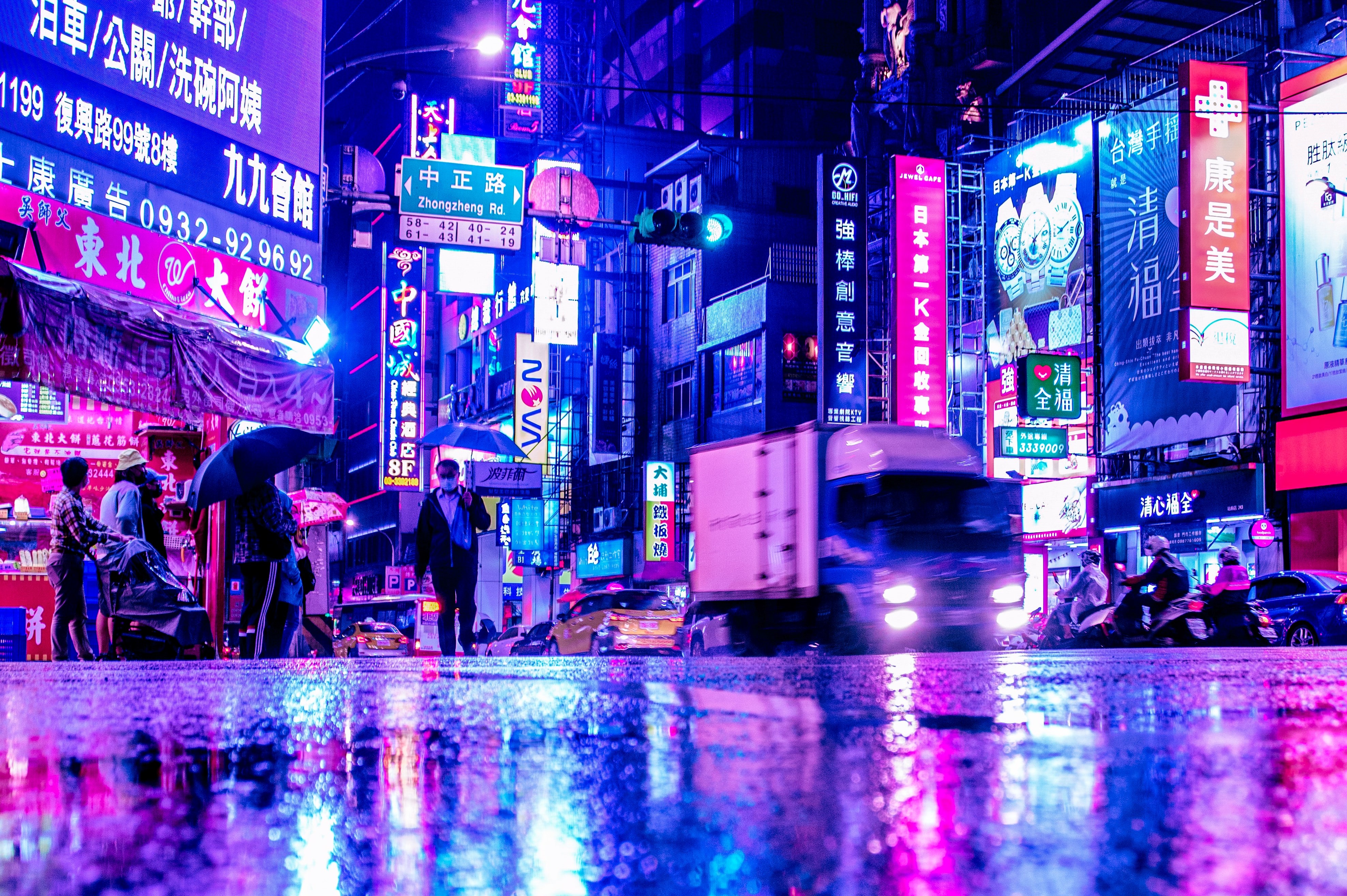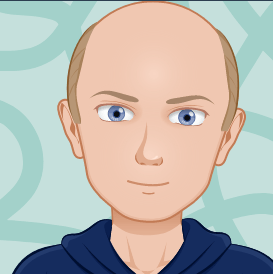
Hint: it ain’t what it used to be.
This short essay starts with a personal story and ends with some thoughts about learning, and learning design. Along the way, I’m going to talk about metaverse, tabletop card games, and nostalgia.
I’m writing this because I think that the way we build, live, and learn in the future matters – and our past holds some answers to all this. If you’re still with me, let me start by telling you about my weekend.
1. “Magic is Magic again”
I spend my Friday nights playing Magic: The Gathering these days. Last Friday was one of the better occasions for it.
I went to a face-to-face pre-release event for Magic’s latest set. I had a good time, and made some friends. I saw folks of all ages, fathers and sons, playing the game together and geeking out over the new cards.
I enjoyed myself, but I didn’t think much of the upcoming set, really – it was okay, but nothing special, and I wasn’t drawn to explore it any more. Until this afternoon, that is, when this trailer launched on Magic’s YouTube channel.
These three-and-a-half minutes changed my outlook completely. I was now excited about Kamigawa, and felt like I wanted to learn more, and also felt like I understood it much better than on Friday night. I was ready to go back in, to re-discover the cards I already have from the set, and – yes, well done, Magic – to buy some more.
And I wasn’t alone in thinking this. Friday night was filled with excited noises coming from grown-up and growing-up cyberpunks alike; the video’s comment section is wholesomely supportive of the trailer, and sentimental about Magic’s return to awesome form.
Seriously, though, the cards aren’t any better. So what changed in these three minutes? And why should I want to write about it here?
2. The nostalgia mix – why Magic got it right (for me)
The video I linked to above is a masterpiece in a particular kind of world-building. It’s a distilled version of many things.
Some of them are present in the card set being sold; some of them are cultural snapshots from the context the set works in; and the final part – the one that got me – consists of elements whose goal is simple: nostalgia.
I know that the things which worked for me may not work for you, because our frames of reference will differ. I will try to list them here, although deconstructing a video like this always means that you leave out some important bits (and can’t quite put it back together so convincingly).
First of all – the video is a tribute to every single anime intro/outro title sequence ever. The montage, the shot selection, the animation, the soundtrack, the mini-story arc tempo – all of this moves, plays, looks and sounds so that it resembles these short sequences as closely as possible. For every otaku, every second of this video is an allusion, a “welcome home” doormat in front of the franchise’s door.
This, already, is a huge area of shared cultural references to tap into, and the trailer does this flawlessly. But anime is only one half of the video’s heritage.
Cyberpunk is the other half, and there again, the video delivers. From the landscape of a menacing city, down to the Pantone-perfect neon embellishments, the visual layer is more than a nod to everything cyberpunks grew up with: it’s there, in Kamigawa, and it doesn’t try to hide it. I was wary of this set; I thought Magic won’t be the same if it’s set in a future I could recognize. I was wrong.
These two surface elements sit on top of a rich layer of Magic’s history – although that layer is not without its faults and seepages. Kamigawa was first released back in 2004, as a thinly veiled (and, frequently, badly thought-out) reworking of myths, traditions and beliefs of ancient and present Japan.
Because Kamigawa is known, and because it still hosts some recognizable characters, seasoned Magic players get that extra layer of familiarity built in. This is the Magic’s story, throughout the sets; this is its “lore” – and you can instantly see it in the video.
But even if you weren’t into Magic back in 2004, if you’re old enough, you still feel at home. You may have been around for Linkin Park. For Animatrix. Ghost in the Shell. Hey, you may have even been there for HIM – and be brought back by the trailer’s opening chord progression against a cityscape. It’s all there, and so much more.
This, then, is an exercise in world building which gets a hell of a lot done in three and a half minutes. It introduces some key features of the card set’s lore, and its key characters. It sets out the visual tone for what’s inside every box of Kamigawa Magic cards. It links to Magic’s past, anime’s past, and cyberpunk’s past, to draw people in and make them feel like they belong in that world. And, in my case, it makes Magic players think again: this is a trailer which made me respect Kamigawa slightly more.
Here’s why this matters to anyone who learns.
3. Nostalgia in learning environments
There are several positive effects of nostalgia, and they’ve all been studied relatively well. It helps people feel more socially connected, provides them with a sense of meaning, and helps them develop better self-esteem, as well as more preference for psychological growth.
These things alone should be enough for any learner, teacher, or learning designer to load up on nostalgia anywhere they can! But wait, as they say, there’s more.
The fact that we’re able to vividly remember happy scenes from our past – or that even patients with dementia may be able to remember songs, dances, and lyrics from their childhood – suggests that nostalgia can be an extremely potent memory aide. We all know the feeling of “memories rushing in” when we find ourselves in a particular place, or surrounded by particular smells / sounds / colours.
This, then, must translate into performance. A context which you feel has meaning, which makes you feel connected, in which you’re likely to say “I know this, I belong here, I want to find out more” – this must be it: the Holy Grail of all learners and learning designers. Right?
Well, this is where it gets murky.
4. Immersed in what?
The title of this essay is a deliberate play on Meta’s “live in the future” catchphrase, announced today. When I first heard it, I admit I was annoyed. I thought that the people who try to persuade us to come and live in the future are invariably the same people who effed up the present and refuse to fix it.
We are about to witness, I think, a series of boom-and-bust cycles for metaverses, often in quick succession. Where Meta went, Microsoft will follow. So will Disney, no doubt – and many more companies.
Some of them will entice us to use their metaverses for work. Some – for play or for study. All of them will seek to maximise their profit from our presence.
This means that there will be a balance to strike between building worlds well, and building them economically. There will be shortcuts to every worldbuilding process on every VR team.
Nostalgia is one hell of a shortcut. As you’ve seen above, with nostalgia on your side, it doesn’t take much to build immersion. Three an a half minutes later (granted, SUPER-high production value minutes), you’ve got yourself a paying, confident, connected, captive audience.
But there’s a flipside.
5. Nostalgia vs whiplash
This is where I tell you that the people at my Friday game night were predominantly male, and mostly my age. The fact that we were drawn to Kamigawa meant that nostalgia was a wide enough on-ramp for us to fit in – but it probably still excluded an awful lot of people.
Every digital experience we build – from a worksheet page to a metaverse world – will be filled with shortcuts like these. From nostalgia to zeitgeist, from celebrities to metaphors – all of these will serve to help someone “get it” instantly.
As we’re all being encouraged to “live in the future”, we must recognize, I think, that it will always come to us pre-loaded with someone’s past.
And what you and I build of this future – to learn in, to teach in, to live in – will always be instantly recognizable and welcome to some, and alien(ating) to others. We will find some contexts familiar, and make fast progress. For others, the going will be slower; not because of technical issues, but because of cultural ones.
Some of this excluding will be done by accident or by ignorance. Some of it – by design (nostalgia is a powerful political tool, too). But it will be there in any one product. It was there in the original Kamigawa set. It’s there this time, too.
This is why many metaverses are (and will be) better than one metaverse, and roughly-hewn ones better than smoothed-over ones, and open/messy ones better than corporate/closed ones. If we don’t like the shortcuts any more, we change them. If we don’t get my brand of nostalgia, we build yours. If we build big enough, there will be room for your life alongside mine. If we don’t like the choices we’re given, we’d better make our own.
So where do we go from here?
6. Live in a future you can learn from
My problem with Meta is that it’s tough to learn from mistakes you didn’t personally make. My delight in Magic’ Kamigawa is that it lets me re-live my past again, and is as messy and unpredictable as it was.
Some time down the line, Meta might step up its game, and Magic might fumble the bag. Or a third player might appear and offer their own version of a world-building exercise.
It’s going to be one thing to rely on the corporate world to build us a future – which will always come with its hood shut tight, its edges polished off, its EULA in damn fine print, and its gloss laid on thick.
If that’s what we’re after, then that’s always been on offer.
But I feel there’s more to learn from a glitchy metaverse than from a glossy one. And that’s the one I’m going to hold out for, and maybe even help build.
(Photo by Andrew Haimerl (ANDREWNEF) on Unsplash)

I am an editor, author, translator and teacher based in the UK.
I am always looking to get involved in new projects. My areas of expertise:
ELT publishing – print and digital
Language learning
Translation – POL-ENG-POL, non-fiction
Editorial project management
Does it look like we could work together? Download my CV or get in touch via e-mail.